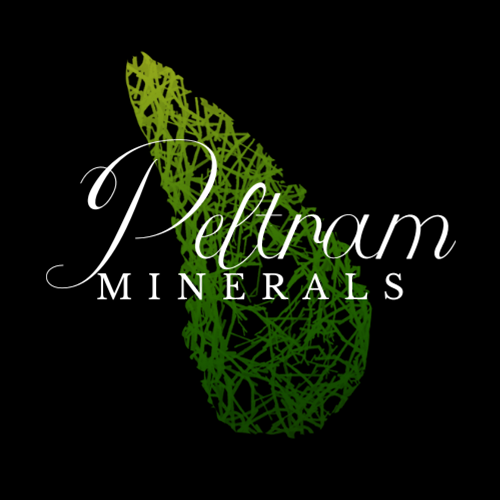Meteorite Bensour 1,5g / slice – Morocco
Type: stony meteorite / ordinary chondrite LL6
Locality: Morocco
Weight: 1,5g
Dimensions: 16 x 13 x 2 mm
Year fell: 2002
Total known weight: 46 kg
Surface treatment: cut, polished slice
| Category: | Archive of sold items |
|---|---|
| By name: | Bensour |
| ? Type: | Stony |
| Subspecies: | Chondrite |
| ? Surface treatment: | Cut |
| Specialties: | Observed fall |
| The item has been sold out… | |
Bensour Meteorite – Witnessed Fall in Morocco
The Bensour meteorite is an ordinary chondrite of type LL6 that fell in Morocco in 2002, near the Algerian border. The total recovered mass is estimated to be over 45 kg, with the largest piece weighing 9.2 kg. The fall of the Bensour meteorite was witnessed by people who saw a bright object in the sky, heard explosions, and saw fragments land approximately 3 kilometers from where they were located.
Appearance and Structure
The Bensour meteorite has a typical dark fusion crust formed during its passage through the atmosphere. This crust is glossy, locally cracked, and sharply separates the light-colored interior of the meteorite. Cross-sections reveal a gray to light gray matrix with small mineral grains – mainly olivine and pyroxene – scattered in a fine-grained groundmass.
The internal structure shows signs of thermal metamorphism – the rock was transformed by high temperatures, which is typical for LL6 chondrites. This means the original spherical chondrules are partially or completely blurred and have merged with the surrounding matrix.
Some specimens also show small cracks partially filled with a whitish deposit known as caliche – a carbonate material that forms in arid (dry) environments where the meteorite remained for a long time after its fall.
Overall, the meteorite has a finely brecciated structure – slightly fractured and re-cemented – which is the result of previous collisional events in space. This texture, along with the low metal content and visible metamorphic features, corresponds to the LL6 classification.





